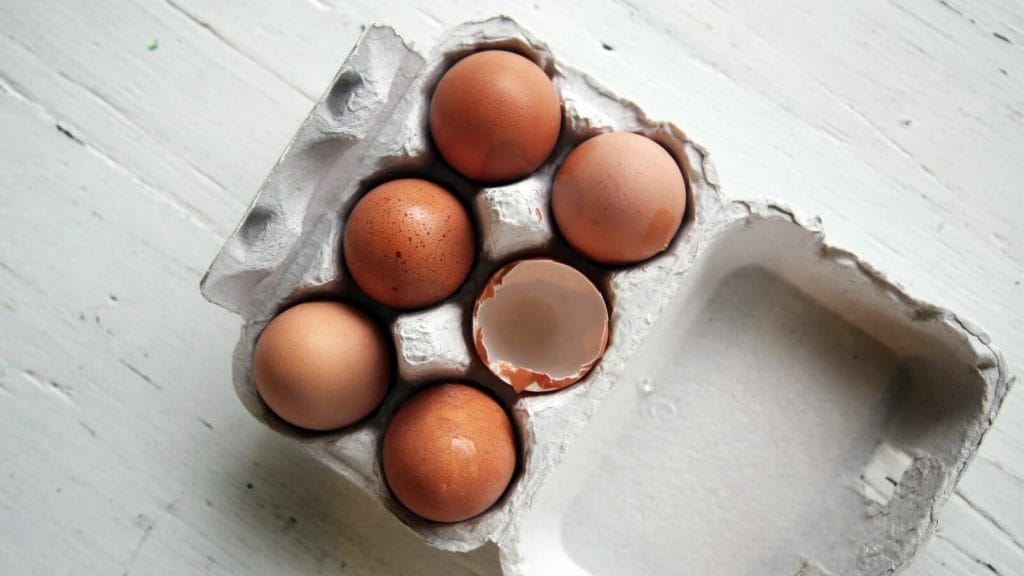Protein is essential to health and performance. Even the origin of the word, protos is Greek for “first.” Protein is beneficial to build and repair muscle, grow skin and hair, and many other enzyme and hormonal functions in the body. Signs of low protein consumption include stunted growth, skin lesions, hair loss, and increased risk of infections!
BARE MINIMUM
The current Recommended Dietary Allowance (RDA) is 0.8 grams of protein per kilogram of bodyweight. For someone weighing 150 pounds, this is only 54 grams of protein a day, but keep in mind that RDA is the amount you need to prevent sickness. If you’re sedentary, i.e. you do no physical activity whatsoever, you might be able to get away with this amount.
RECOMMENDATION
For those that are active and doing CrossFit or other strength training workouts, we generally recommend 0.8 grams of protein per POUND of bodyweight for women, and 1.0 grams/lb. BW for men. So 130 lb. woman would consume 104 grams of protein per day and 180 lb. male would consume 180 grams of protein. Of course, this can vary depending on your goals, but in general we usually see people thrive on 25-30% of their calories from protein.
To give you a sense of what this looks like day to day, a palm-size piece of chicken breast (4 oz) contains about 26g of protein or 2 eggs contain 12g.
As I said in yesterday’s post, weighing and measuring your food and using an app like MyFitnessPal is the most accurate way to go. But if you’re looking for a quicker way to estimate, then use your palm as recommended by Precision Nutrition. In general, women can aim to have one palm’s worth of protein at each meal while men aim to have two palm’s worth. This alone will get you pretty close to your goals, plus you’ll be getting some extra protein from things like nuts and seeds, veggies, and grains and dairy if you consume those.
SUPPLEMENTS
In general, we like to think of supplements as exactly that – supplementing an already good diet. If you are eating mostly whole foods and have a hard time getting in your recommended protein, supplements like protein powder can be a great solution. Just don’t fall into the trap of thinking it’s a meal replacement if you can actually have real food.
PROTEIN AND KIDNEYS
One of the common myths out there is that consuming “too much” protein will damage the kidneys. First, how much is too much? Second, if you go looking for evidence of this claim, you won’t find much. According to Mark Sisson, you will find that the two most common conditions responsible for kidney damage are diabetes and hypertension.
ESSENTIAL AMINO ACIDS AND BIOAVAILABILITY
A note on essential amino acids and bioavailability: out of the twenty amino acids that we’re looking to consume, nine of them are essential which means our bodies cannot produce them, so we need to consume them. There is also this thing called “bioavailability” which is how much your body takes in vs. what it actually absorbs and uses.
Foods that provide all essential amino acids and also have the highest bioavailability include things like beef, fish, poultry, eggs, and dairy. Quinoa is the only plant source that contains all essential amino acids, except it’s mostly carbs. [One cup of cooked quinoa contains 3g fat (22%), 4g of protein (13%), and 20g carbs (65%).] If you are vegetarian or vegan, there *are* ways to combine plant and grain products to get all essential amino acids. It just takes more work to make sure your carb levels are not too high depending on your goals.


Pingback: How Many Carbs Should I Eat? - CrossFit Kanna